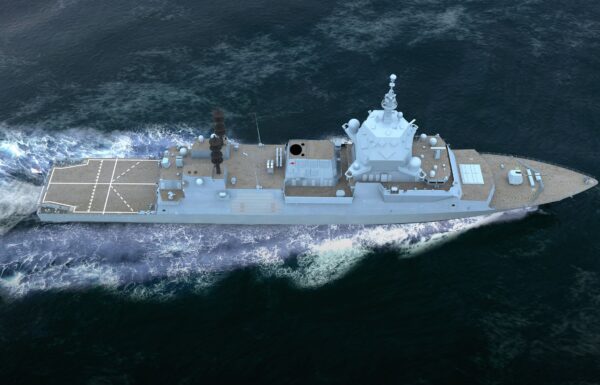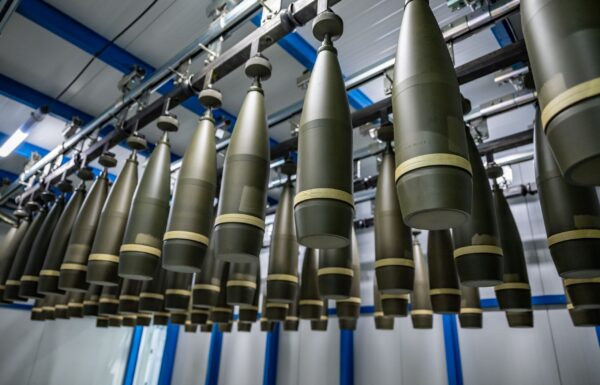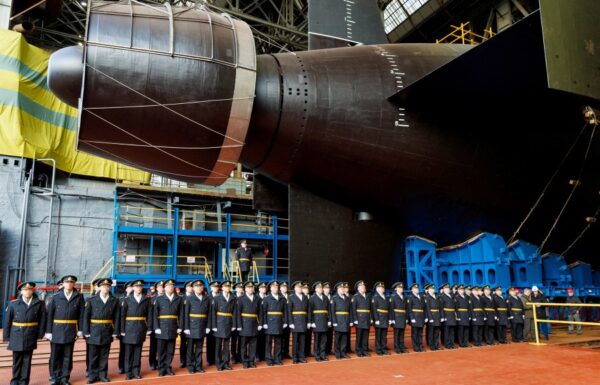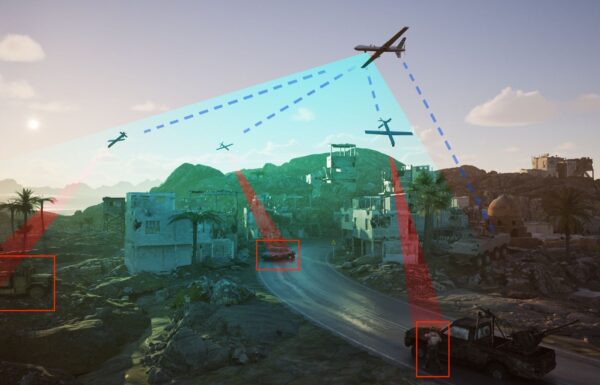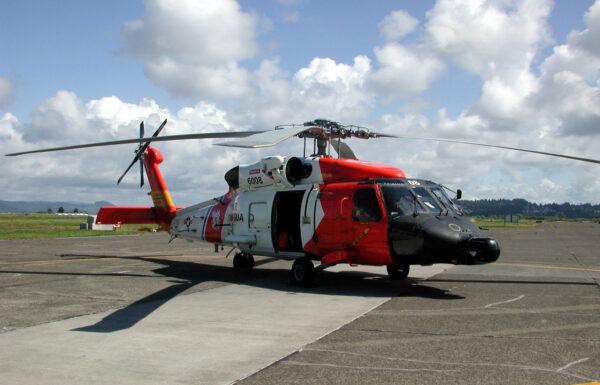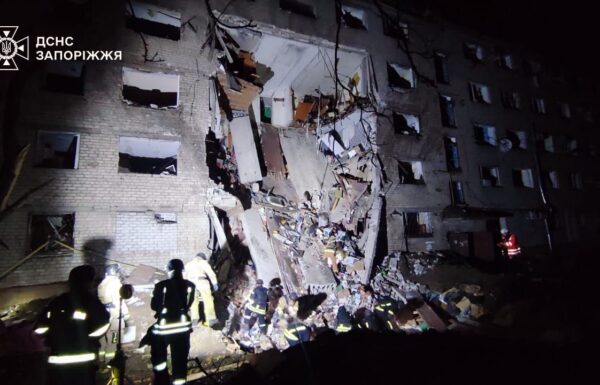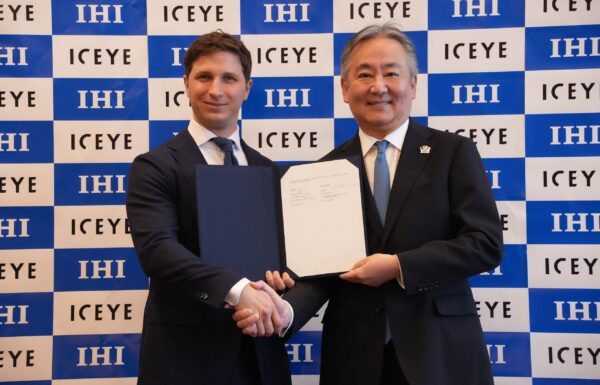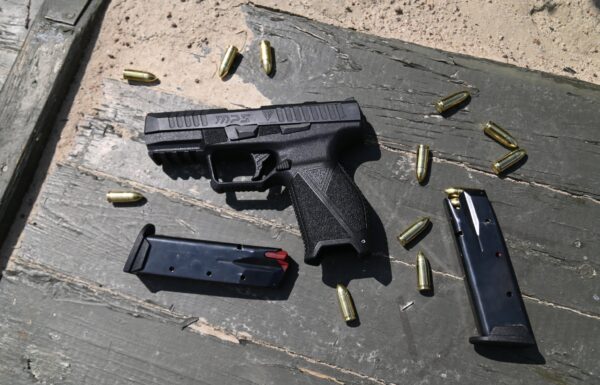On Friday, September 12, 2025, the Defence Acquisition and Logistics Organization (FMI – Forsvarsministeriets Materiel- og Indkøbsstyrelse) under the Danish Ministry of Defence announced that, within the framework of the Ground-Based Long-Range Air Defence program (Jordbaseret Langtrækkende Luftforsvarssystem), it had selected the offer of the French-Italian consortium Eurosam with the new-generation SAMP/T NG air and missile defense system. At the same time, the offer from the U.S. government with the MIM-104 Patriot system and the ICBS command system was rejected.
At the initial stage of the selection process, in the long-range segment, the offers for David’s Sling from Israel’s Rafael Advanced Defense Systems, Barak MX from Israel Aerospace Industries (IAI), and KM-SAM Block II from South Korea’s LIG Nex1 were rejected.
Meanwhile, under the Ground-Based Medium-Range Air Defence program (Jordbaseret Kortrækkende Luftforsvarssystem), it was decided to procure one battery each of the IRIS-T SLM system from Germany and the VL MICA system from France (contract signed on July 24), as well as the NASAMS system from Norway (the latter under a lease agreement with delivery scheduled for this year). In total, eight batteries of these systems were acquired, each comprising four firing units, for a total cost of 58 billion DKK.
“The current security policy situation makes ground-based air defence an absolute top priority in the development of the Armed Forces. The experience from Ukraine shows that ground-based air defence plays a decisive role in protecting, among other things, the civilian population against Russian air attacks. I am therefore very pleased that, together with the defence agreement parties, a decision has been made on a significant investment in additional ground-based air defence systems. Starting this year, the Armed Forces can look forward to the first elements of its ground-based air defence being put into operational use, and I welcome the fact that the agreement parties are responding with a long-term approach to the security policy developments,” said Minister of Defence Troels Lund Poulsen.
“The war in Ukraine clearly demonstrates the need for a modern ground-based air defence to consist of multiple systems that are integrated and provide several layers of airspace protection. This is the concept for the ground-based air defence that is being invested in and developed by the Armed Forces,” said Chief of Defence Michael Hyldgaard.
At present, the Danish Royal Army does not possess any missile-based air defense systems. On September 27, 2024, an order was placed with the German company Rheinmetall Air Defence (part of Rheinmetall AG) for 16 Oerlikon Skyranger 30 gun-missile air defense systems, which will be integrated onto the chassis of the GDELS-Mowag Piranha V wheeled armored personnel carrier.
 Photo: Eurosam
Photo: Eurosam
SAMP/T NG
Denmark will thus become the third user of the SAMP/T NG system (Système sol-Air de Moyenne Portée Terrestre de Nouvelle Génération), after France (nine systems ordered with an option for four more) and Italy (ten systems). The system, produced by the Eurosam consortium (composed of MBDA and Thales), will replace the first-generation SAMP/T Mamba (two batteries of which, from both countries, were delivered to Ukraine). The development program for the successor was launched jointly by France and Italy on March 19, 2021.
The SAMP/T NG will be equipped with Aster 30 B1 NT (Block 1 Nouvelle Technologie) interceptor missiles, with official development launched in December 2015 and a second successful test carried out on August 1 of this year. These missiles will feature a new guidance system and control computer. They will be launched from a new mobile launcher fitted with next-generation electronic equipment. A battery will field 48 ready-to-use missiles—six launchers, each carrying eight missiles.
Complementing the system will be the new Thales GroundFire 300 (GF300) multifunction radar, using an active electronically scanned array (AESA) antenna with gallium nitride (GaN) technology, operating in the S-band. The rotating antenna will enable the radar to detect aerodynamic targets across 360 degrees in azimuth and 90 degrees in elevation. The radar will have an instrumental range of 400 km. The first prototype was ordered in April 2019, with production beginning in July 2020.
The final element of the system will be the ME-NG (New Generation Engagement Module) command and control unit, based on an improved open software and communications architecture. According to Eurosam, the SAMP/T NG will be capable of intercepting medium-range ballistic missiles (MRBMs) and addressing a new threat on the battlefield: hypersonic missiles.
By comparison, the current SAMP/T system, which uses the X-band Arabel radar and the Aster 30 missile, can only intercept short-range ballistic missiles (SRBMs). This means that ballistic missile detection and interception capability will increase threefold. Additionally, the SAMP/T NG will also be able to engage other aerodynamic targets, such as aircraft, cruise missiles, and unmanned aerial vehicles.
Forsvarsforligskredsen enige om historisk investering i jordbaserede luft- og missilforsvarssystemer.
Læs hele nyheden her: https://t.co/PIhoR7mV9i pic.twitter.com/b2fPNJfBgE
— Forsvarsministeriet/Danish MoD (@Forsvarsmin) September 12, 2025


